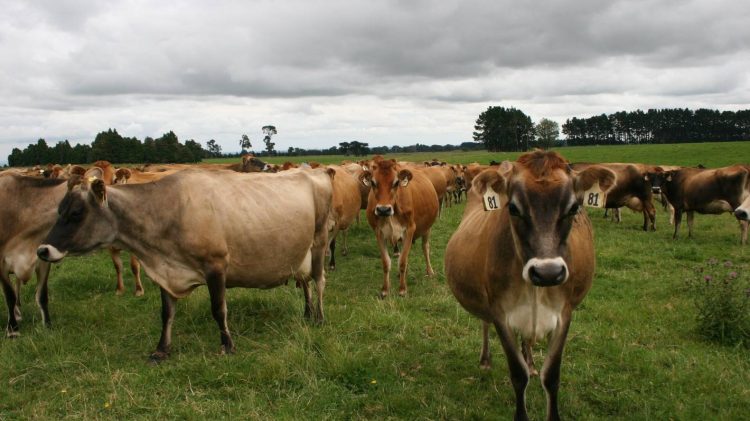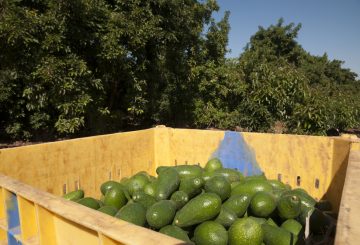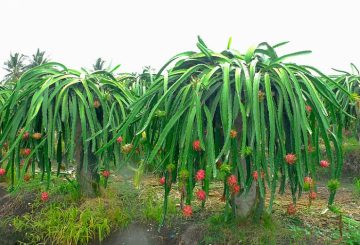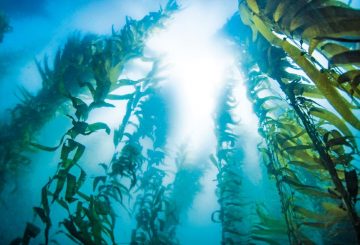Giá sữa nông nghiệp dự báo đã tăng, mang lại một số cứu trợ cho nông dân chăn nuôi bò sữa. Tuy nhiên, họ nên quản lý ngân sách một cách thận trọng cho đến khi giá ổn định hơn nữa.
Một cuộc khảo sát gần đây của Liên bang Nông dân, bao gồm hơn 1000 nông dân trong các lĩnh vực nông nghiệp khác nhau, cho thấy niềm tin của họ thấp trong lịch sử. Chủ tịch Liên bang Nông dân, Wayne Langford, đề cập rằng nông dân đang phải đối mặt với lãi suất cao, lạm phát đáng kể và giá thịt và sữa giảm. Những thay đổi quy định bổ sung làm căng thẳng hơn nữa lợi nhuận và sự chắc chắn của họ.
Giám đốc điều hành Beef + Lamb New Zealand (B+LNZ), Sam McIvor, bày tỏ rằng nông dân đang bị ép chặt bởi nhu cầu thị trường toàn cầu và chi phí gia tăng. Ngoài ra còn có áp lực từ lượng dự trữ cừu và thịt bò cao ở Trung Quốc, một nước mua lớn. Tuy nhiên, ông nói thêm rằng B+LNZ đang tích cực khám phá các thị trường toàn cầu mới và nhấn mạnh tiềm năng xuất khẩu thịt bò của New Zealand sang Anh.
McIvor nhấn mạnh tầm quan trọng của danh tiếng của New Zealand về chất lượng thịt, lưu ý rằng điều này thu hút những người mua sành điệu. Về mặt khí hậu, McIvor đã nói về những nỗ lực của B+LNZ hướng tới sản xuất bền vững và carbon thấp, gọi nông dân New Zealand là một trong những người giỏi nhất trong việc thích ứng với thị trường và biến đổi khí hậu.
Trong lĩnh vực sữa, dự báo của Fonterra cho mùa giải 2023/24 đã có sự cải thiện. Ban đầu, dự báo được đặt ở mức 6,25 đô la – 7,75kg MS nhưng đã được nâng lên 6,50 đô la – 8,00kg MS vào tháng 10. Sự điều chỉnh này tiếp cận điểm hòa vốn đối với nhiều nông dân. Tuy nhiên, chủ tịch DairyNZ, Jim van der Poel, nhấn mạnh rằng dự báo sửa đổi, mặc dù tích cực, vẫn thấp hơn giá hòa vốn của nhiều nông dân. Ông đề cập rằng DairyNZ cung cấp hỗ trợ và nguồn lực cho nông dân trong thời
kỳ khó khăn.






























































